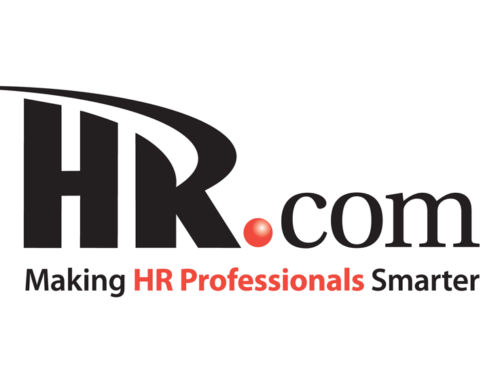Many HR departments are familiar with performance management strategies including Key Performance Indicators and the use of regular evaluations to monitor and manage their employee’s productivity. However, one of the top ten concerns faced by HR managers is what action to take when dealing with problem employees, particularly what acceptable strategies can be used when working with new hires and protected class employee. A well-organized HR department will have created strategies and protocols in advance, which include detailed steps that managers should take when working with staff members who are underperforming. These policies can include anything from implementing regular performance appraisals, using feedback strategies, to providing training, mentorship, and counselling. By taking these approaches, managers provide their staff with an opportunity to improve their performance. It also helps managers to gain a better understanding of the reasons for their staff member’s underperformance, allowing managers to implement remedial methods and resolve the issue. During this process, managers should set clear expectations, including informing staff of the consequences of continued underperformance. Documenting the steps that managers have have taken, including keeping records of any disciplinary actions is important, as it can provide evidence for decision making further down the line, including a decision to terminate an employee. This documentation and evidence gathering process can greatly reduce the occurrence of litigation and lawsuits for unfair dismissal.
Employees who are part of a protected class can be subject to termination and again, managers must be able to show that they have taken steps to work with their employee to improve their performance. This may include identifying another position within the same organization for which the staff member may be more suitable. If after taking these steps, employees fail to respond to feedback and support, and if managers feel there is no other option for retaining staff, termination is possible.
Even in instances where managers have managed well performing groups, changes within the organizational culture and business-cycle needs can disrupt and concern staff, resulting in a reduction in productivity. Often, this is due to a lack of transparency and failure to communicate to the team the changes in the companies’ goals, visions, and performance objectives. Opening communication channels by providing regular update meetings with staff, including re-developing team objectives is important to reduce the occurrence of group performance issues. Understanding that the team may also require a transition period before they become familiar with new working strategies is another important consideration for managers.
In many cases, ensuring that you hire the right employees the first time can greatly help to ameliorate difficulties later down the line. Facilitating comprehsnvie recruitment processes which not only attend to staffs skills and experience but also their goals, vision, personality and ensuring that the staff is a good match with the organization can prevent difficulties with new hres. Detailing productivity expectations at the stage of hire within contracts and employee handbooks.
